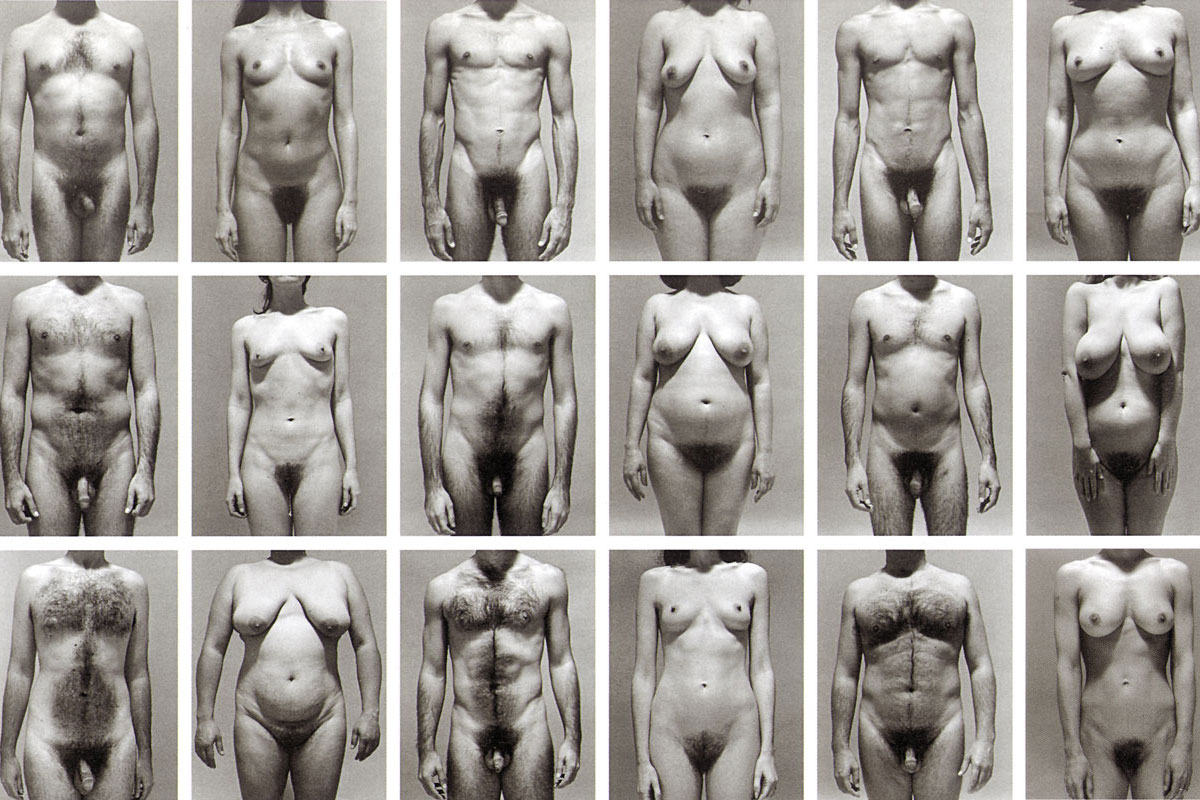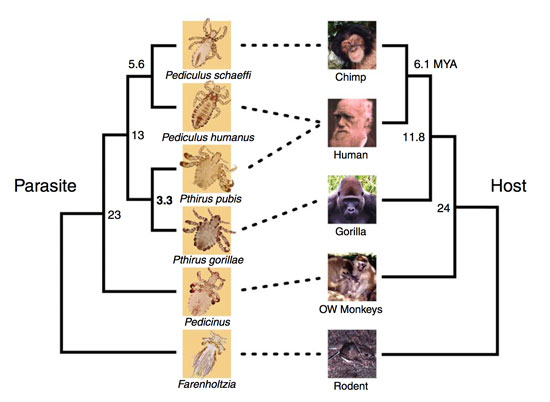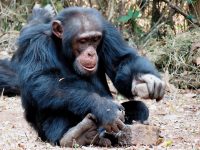
Question sent by ONOFRE GISBERT (Vistabella del Maestrat). PAU CARAZO answers:
As we pointed out in a recent question about why are men hairier than women, our ancestors underwent a process of body hair loss that transformed us into a unique «naked ape». However, we are also the only monkey in the planet to cover our naughty bits with an almost ostentatious excess of coarse hair. Why? If, as discussed previously, we believe that body hair loss was evolutionarily advantageous for our ancestors, why didn’t we also loose our pubic hair and why is it so awkwardly peculiar?
Curiously enough, clues to this answer are to be found in the genealogy of a family of extremely unpopular insects, lice. Like all parasites, this wingless nuisance of an insect has coevolved with its hosts, our ancestors, over evolutionary time. For example, lice found in gorillas (genus Pthirus) diverged from those found today in humans and chimps (genus Pediculus) slightly after the common ancestor to chimps and humans, on the one hand, and gorillas, on the other, separated into two different lineages. Similarly, the louse species that we currently battle in our children’s hair (Pediculus humanus capitis) diverged from modern chimp lice just about the time we parted ways with our ape cousins, about 6 million years ago. Since then, and up until between 80,000 and 170,000 years ago, human lice survived refuged in our heads, as our almost naked bodies prevented them from expanding to gorge in other areas of our body. However, between 80,000 and 170,000 years ago (depending on the actual human settlement) humans started wearing clothes, which paved the way for lice to recolonize our bodies, giving rise to human body lice (Pediculus humanus corporis).
This «lousy» yet interesting family photo does not only reflect a common evolutionary phenomenon, such as parasite-host coevolution, it also features an actor that has provided very useful information regarding the origin of our pubic hair. Namely, a peculiar insect that shelters within the most intimate hair of some unfortunate humans, the pubic hair louse. As it turns out this species (Pthirus pubis) belongs to the gorilla lice group, which specializes in coarse hair, and not to the chimp/human group as would be expected if it had evolved within our common ancestor. What all this suggests is that Pthirus re-colonized humans about 3.5 million years ago, coinciding with the appearance of a new type of (conveniently) coarse hair in our bodies.

Reproduced from Weiss, 2009, adapted from Reed et al., 2007.
In short, lice evolution suggests that our «exaggerated» (in comparison to pubic hair in other monkeys) and coarse mat of pubic hair appeared after we transformed into a naked ape, and therefore most likely to serve a different function than the rest of our body hair. As to which one, the enigma stands unscathed. The fact that pubic hair appears during puberty along with it’s flamboyant aspect has led some anthropologists to speculate that it could function as a sexual ornament involved in the transmission of sexual pheromones (sex-attractant chemicals). The human perineum (region between the anus and the genitals) is rich in apocrine glands, a type of sweat gland involved in the release of sex pheromones in many mammals that is furthermore frequently accompanied by tufts of hair that trap pheromones, hence facilitating its detection by members of the opposite sex. In humans, apocrine glands increase in size and become active during puberty (precisely when pubic hair grows), which inevitably suggests a similar function to that studied in other mammals. Unfortunately, there is (yet) no firm evidence to support this claim. There is one thing we do know, recent studies seem to show that fashion’s modern warfare against pubic hair may have unforeseen consequences. The incidence of infections by pubic lice are decreasing but, in turn, increased skin to skin contact during sexual intercourse is favouring the transmission of certain sexually transmitted diseases. Think of that the next time you decide to brandish a razor.
Pau Carazo. Marie Curie researcher at the Department of Zoology at Oxord University.
Reed, D. L.; Light, J. E.; Allen, J. M. and J. J. Kirchman, 2007. «Pair of Lice Lost or Parasites Regained: the Evolutionary History of Anthropoid Primate Lice». BMC Biology, 5:7. DOI: <10.1186/1741-7007-5-7>.
Weiss, R. A., 2009. «Apes, Lices and Prehistory». Journal of Biology, 8:20. DOI: <10.1186/jbiol114>.





